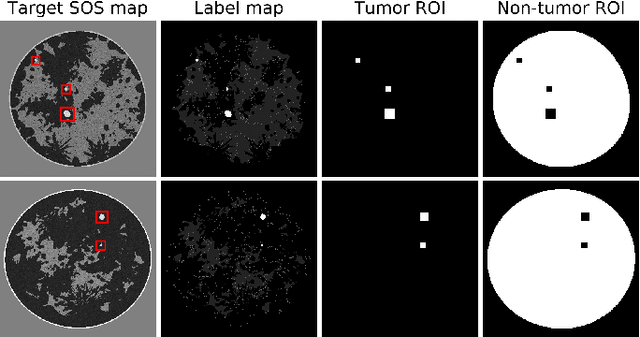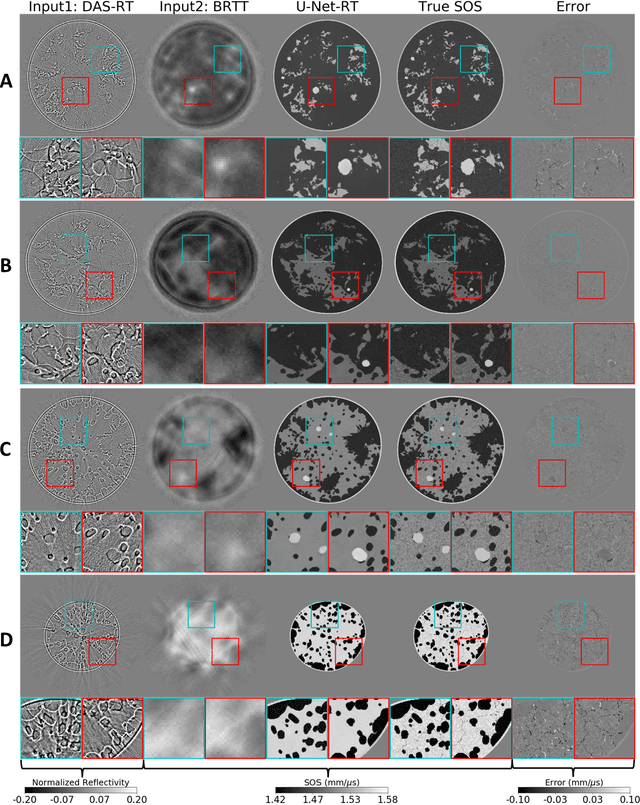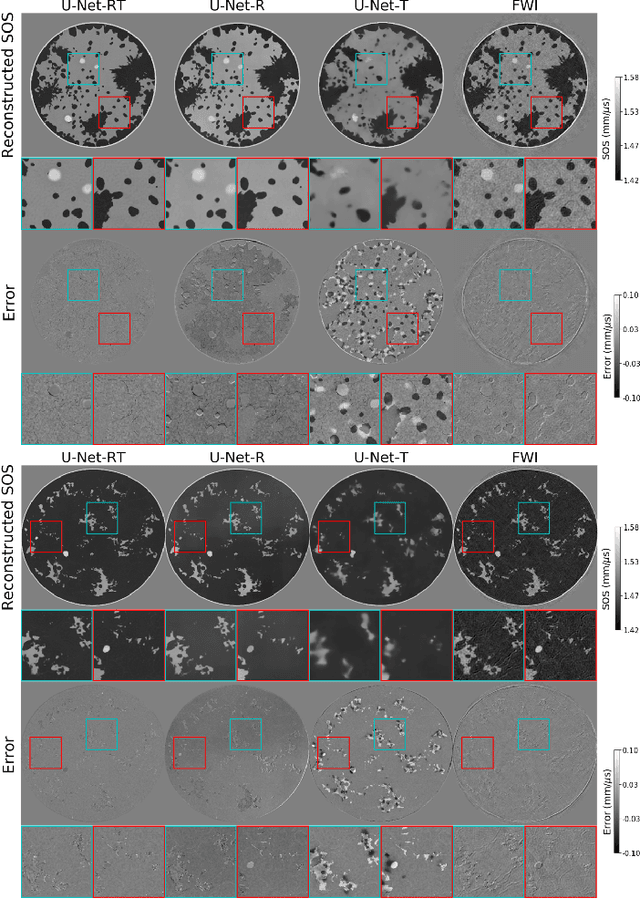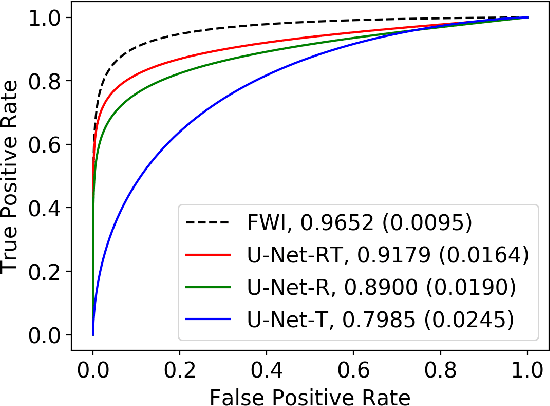Gangwon Jeong
Revisiting the joint estimation of initial pressure and speed-of-sound distributions in photoacoustic computed tomography with consideration of canonical object constraints
Oct 05, 2024Abstract:In photoacoustic computed tomography (PACT) the accurate estimation of the initial pressure (IP) distribution generally requires knowledge of the object's heterogeneous speed-of-sound (SOS) distribution. Although hybrid imagers that combine ultrasound tomography with PACT have been proposed, in many current applications of PACT the SOS distribution remains unknown. Joint reconstruction (JR) of the IP and SOS distributions from PACT measurement data alone can address this issue. However, this joint estimation problem is ill-posed and corresponds to a non-convex optimization problem. While certain regularization strategies have been deployed, stabilizing the JR problem to yield accurate estimates of the IP and SOS distributions has remained an open challenge. To address this, the presented numerical studies explore the effectiveness of easy to implement canonical object constraints for stabilizing the JR problem. The considered constraints include support, bound, and total variation constraints, which are incorporated into an optimization-based method for JR. Computer-simulation studies that employ anatomically realistic numerical breast phantoms are conducted to evaluate the impact of these object constraints on JR accuracy. Additionally, the impact of certain data inconsistencies, such as caused by measurement noise and physics modeling mismatches, on the effectiveness of the object constraints is investigated. The results demonstrate, for the first time, that the incorporation of canonical object constraints in an optimization-based image reconstruction method holds significant potential for mitigating the ill-posed nature of the PACT JR problem.
Investigating the Use of Traveltime and Reflection Tomography for Deep Learning-Based Sound-Speed Estimation in Ultrasound Computed Tomography
Nov 16, 2023



Abstract:Ultrasound computed tomography (USCT) is actively being developed to quantify acoustic tissue properties such as the speed-of-sound (SOS). Although full-waveform inversion (FWI) is an effective method for accurate SOS reconstruction, it can be computationally challenging for large-scale problems. Deep learning-based image-to-image learned reconstruction (IILR) methods are being investigated as scalable and computationally efficient alternatives. This study investigates the impact of the chosen input modalities on IILR methods for high-resolution SOS reconstruction in USCT. The selected modalities are traveltime tomography (TT) and reflection tomography (RT), which produce a low-resolution SOS map and a reflectivity map, respectively. These modalities have been chosen for their lower computational cost relative to FWI and their capacity to provide complementary information: TT offers a direct -- while low resolution -- SOS measure, while RT reveals tissue boundary information. Systematic analyses were facilitated by employing a stylized USCT imaging system with anatomically realistic numerical breast phantoms. Within this testbed, a supervised convolutional neural network (CNN) was trained to map dual-channel (TT and RT images) to a high-resolution SOS map. Moreover, the CNN was fine-tuned using a weighted reconstruction loss that prioritized tumor regions to address tumor underrepresentation in the training dataset. To understand the benefits of employing dual-channel inputs, single-input CNNs were trained separately using inputs from each modality alone (TT or RT). The methods were assessed quantitatively using normalized root mean squared error and structural similarity index measure for reconstruction accuracy and receiver operating characteristic analysis to assess signal detection-based performance measures.
 Add to Chrome
Add to Chrome Add to Firefox
Add to Firefox Add to Edge
Add to Edge